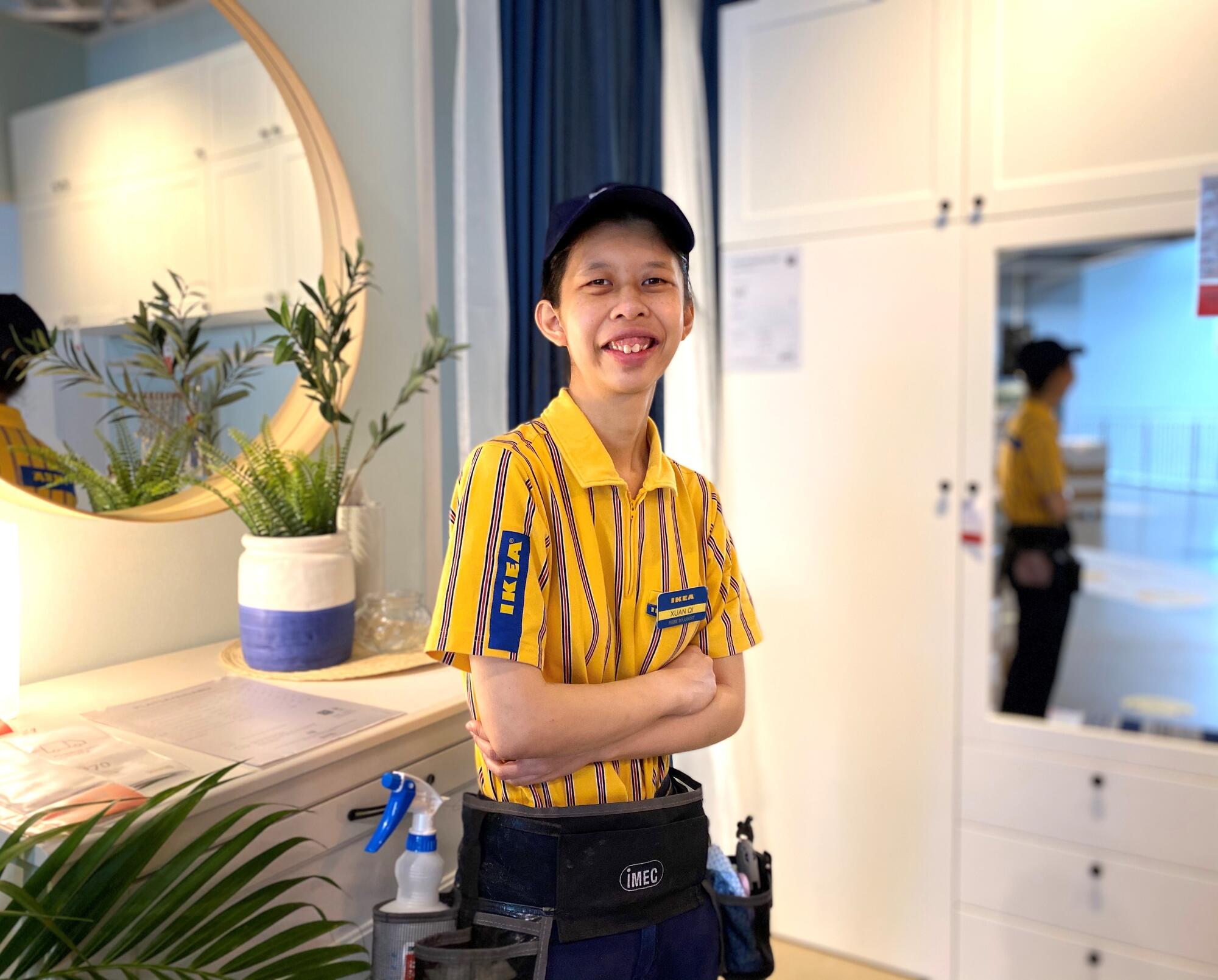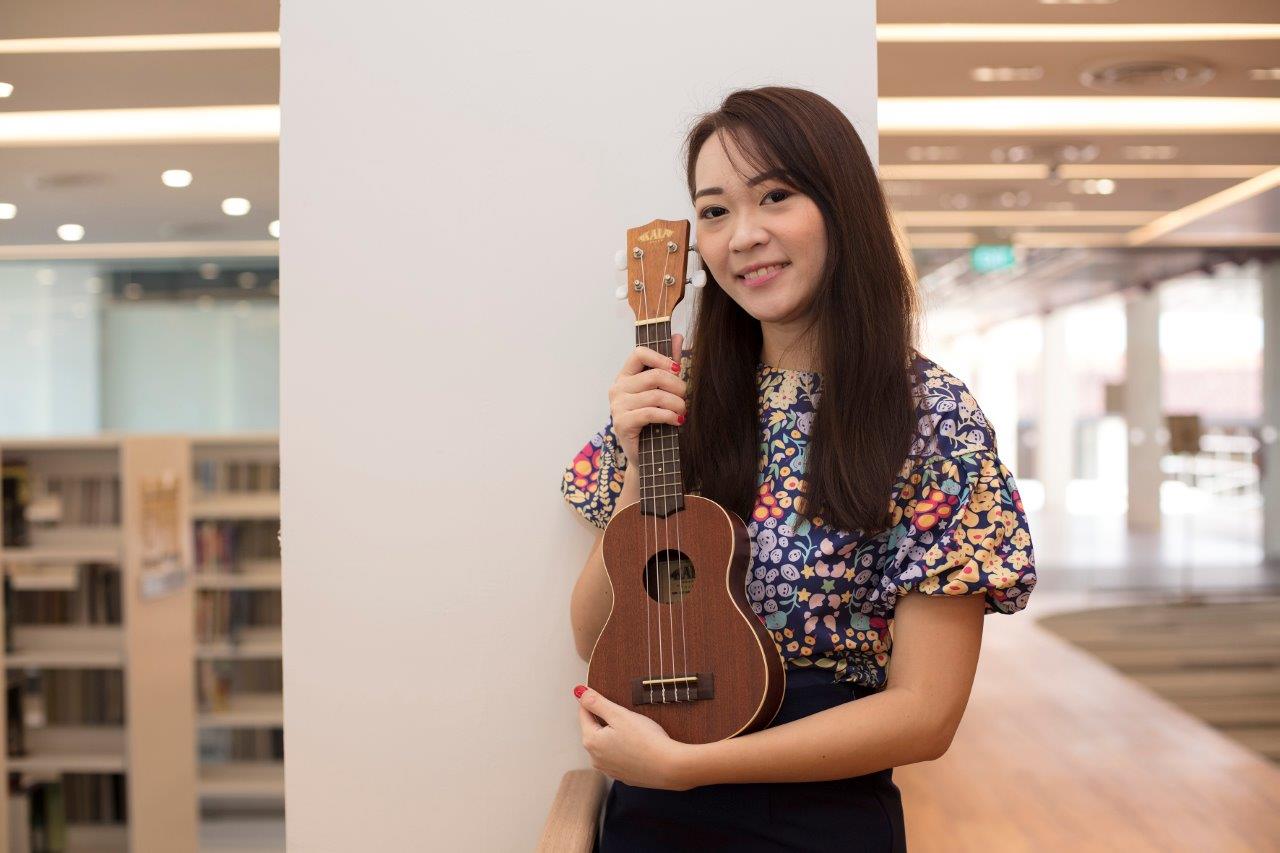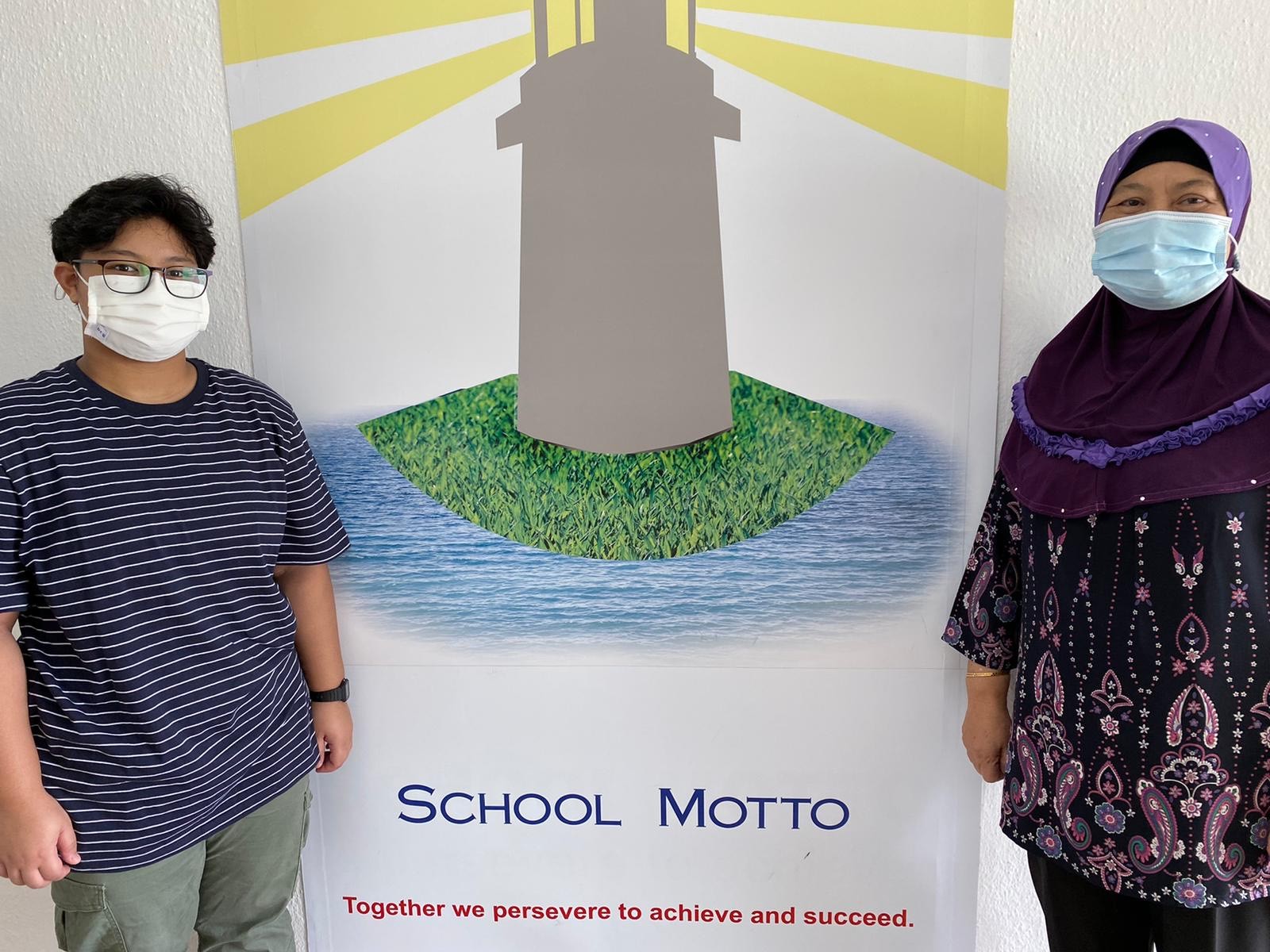It was a setback like no other. Joanne* was a perfectly healthy girl in her early days of secondary school when she was struck by a rare medical condition. The spinal infection robbed her of the ability to walk, but would not quell her love for PE class, or physical education.
“Even though she was in a wheelchair, she told me she longed to participate in PE lessons in any way she could,” says Liew Wei Sheng, the PE Head of Department at Yuan Ching Secondary School.
The student’s determination to learn how to join in his classes despite her limitations was not only uplifting to Wei Sheng, but also set him on a path to inclusion, ensuring that he develops PE lessons that cater well to all his students, including those with disabilities. The incident gave him greater clarity of purpose, as the educator of 12 years reflects with a chuckle on why he chose to be a teacher: “It was a profession that allowed me to help others and sustain a living at the same time.”
Training on inclusion and paralympic values
Serendipity also came knocking around this time. The Ministry of Education’s Physical Education and Sports Education Academy (PESTA) had released a professional development package on inclusive PE and organised training sessions on the topic of inclusion.
“The key is to recognise that all students can learn, and we should focus on what they can do rather than what they cannot do.”
Wei Sheng attended the sessions and then cascaded the learning to other schools in the same cluster support group he was chairing. The training was well-received, with several attendees calling for more training opportunities.
Along the way, he learned about the I’mPossible toolkit, an education programme designed by the International Paralympic Committee to provide teachers with lesson ideas imbued with Paralympic values.
“There are similarities between I’mPossible and PESTA’s training package. The key is to recognise that all students can learn, and to focus on what they can do rather than what they cannot do,” he says. He decided to adapt from all these resources to customise PE lesson plans for all the student profiles at Yuan Ching Secondary.
Now he makes it the norm for all his team members to take into account the various needs of the students and introduce flexibility, whether in the equipment, venue or rules.
.jpg)
In badminton, for example, a wheelchair-bound student may also learn the strokes but serve the shuttlecock into a basket rather than do a rally with another player. For students with special needs who are sensitive to noise, lessons are conducted at a quieter venue.
As for javelin, he procured spears of different weights — some are lighter in plastic for the student with mobility issues. Studying the thinking routines and assessment checklists for an inclusive PE lesson – based on teaching javelin-throwing – led to Wei Sheng and his team presenting their findings at a 2019 conference in Amsterdam.
Spreading the word schoolwide – and to other schools too
Making adaptations for inclusion takes time and some creative thinking too, but Wei Sheng thinks the gains are manifold for all students – with or without special needs — and well worth the effort.
He shared how the school’s signature track and field meet in 2019 cemented his passion for inclusive education.
He had invited Grace Orchard School, which caters to students with mild intellectual disability and mild autism disorders, to participate in a relay race with Yuan Ching’s students.
The guests came in last but the spectators’ roaring support was a touching sight. “The whole school cheered for them throughout the entire race. All the students learned to embrace their differences that day,” he said, still sounding moved at the recollection.
The partnership between the two schools continued thereafter in Play Inclusive, a programme led by Special Olympics Singapore and SportCares. Each year, students from both schools would train together in sports like basketball, badminton and football. After eight sessions, the mixed teams would go on to compete with other mixed teams from similar partnerships. These encounters foster a deeper understanding of the other school’s students, something that may not less possible if left to chance, said Wei Sheng.
In 2021, he reached out to the Singapore Disability Sports Council to further extend the impact of inclusive education in his school with the introduction of para sports. In the end, goalball was infused into PE lessons across all levels by the end of the year.
In goalball, typically played by the blind or vision-impaired, three players defend the goal line while their opponents try to score by rolling a ball (that comes inserted with a bell) into the net behind them. All players are blindfolded and play while on their knees.
National goalball athlete Joan Hung, who is visually impaired, was invited to speak virtually to over 100 students and student leaders about the game. She later visited the school to run training sessions.
Challenges of differentiated education
In his bid to cater to students of different learning abilities, Wei Sheng has learned more about the range that comes under the umbrella of “special needs”, from physical disabilities to dyslexia and attention-deficit hyperactivity disorder (ADHD).
“The needs of all students are different, and everyone has different triggers. Teachers need to know them well and know what to do when the students are not able to respond to the lesson as expected,” says Wei Sheng, who knows firsthand just how the best-laid plans can go awry.
.jpg)
There was once when he had planned a series of blended lessons on the topic of running. Students were required to study a series of lessons online, follow up with physical practice, and return to the SLS to pen their reflections.
Despite Wei Sheng adapting the lesson to more than one group, there were moments when some students found the terms and concepts difficult. He had to be flexible and customise his lesson based on observations. “If not, some students would be disengaged or not be learning much. For instance, there were at first seven cues to improve running form but I reduced it to three on the spot to make sure they could remember and understand them,” recalls Wei Sheng.
Such adaptability hinges on training and experience, as Wei Sheng reiterates how he would mindfully return to the core priority of focusing on what students, regardless of ability, can achieve rather than the opposite. Such experiences prove that inclusivity pays off.
“The learning outcome was quite evident at the end. Everyone could remember the important parts of the running form, and hence the objective was achieved,” he says.
‘Thank you for being a friend’
It isn’t always easy to measure the success of inclusive measures, just as one is hard-pressed to grade someone’s character. However, Wei Sheng isn’t deterred. “As long as we take steps to educate our students in embracing differences, I think as a society, we would have progressed a lot further than the generations before us,” he said.
His propensity for empathy and care show up when he receives his annual Quality of Teaching results — it’s the students’ appraisal of their teachers that his school introduced in2020. For the second year running, he was one of the highest rated educators in his school and received feedback such as “thank you for being a friend”, “thank you for listening” and “thank you for emphasising character all the time”.
“Those are the moments that keep us teachers going, that they don’t see us as just imparting skills and knowledge,” says Wei Sheng reflectively. “To be called a ‘friend’, that’s powerful and keeps us going.”



.jpg)


